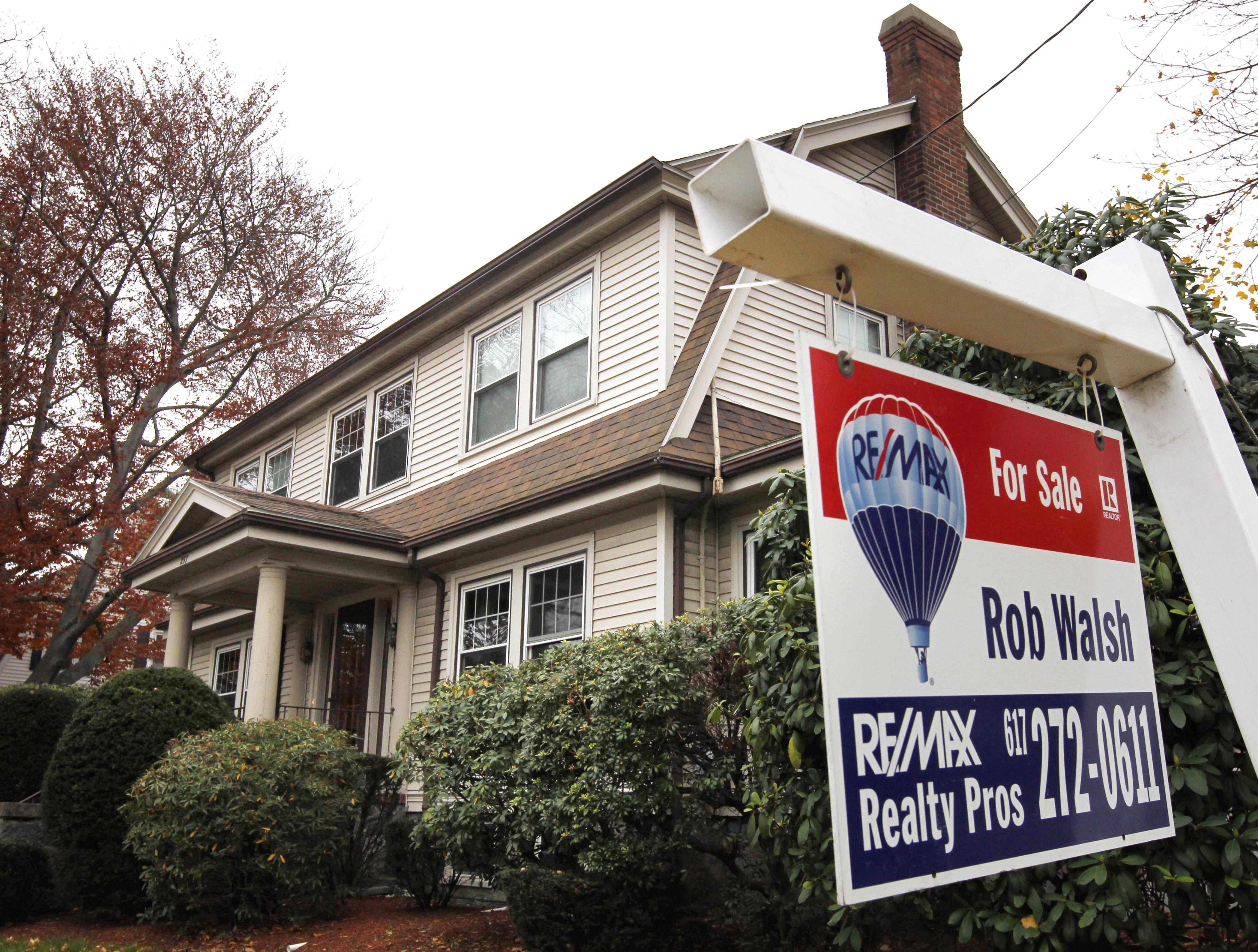Can California clean up our retirement mess?
Millions of Californians don't have access to retirement accounts. The Golden State wants to change that.

Theoretically, every adult who can afford it should enroll in a retirement plan as early as they can. The logic is straightforward: Dedicate a fixed amount of your paycheck to a retirement account, steel yourself against the short-term fluctuations in balance, and watch — over 20, 30, 40 years — as the laws of compound interest work their magic. Ideally, you retire with enough to live comfortably and without compromise.
Sadly, reality is far different from this ideal.
Nearly half of Americans have no retirement savings at all, reports the Economic Policy Institute. And while the average retirement savings for American families is $95,776, the large number of families with no savings at all means the median family has just $5,000 saved. The reasons are largely twofold: Many families don't earn enough to cover basic expenses, and so live paycheck to paycheck, and many workers don't have easy access to retirement savings accounts. In fact, about half the private sector workforce — approximately 55 million Americans — lack access to a retirement plan through their employers, says the AARP.
The Week
Escape your echo chamber. Get the facts behind the news, plus analysis from multiple perspectives.

Sign up for The Week's Free Newsletters
From our morning news briefing to a weekly Good News Newsletter, get the best of The Week delivered directly to your inbox.
From our morning news briefing to a weekly Good News Newsletter, get the best of The Week delivered directly to your inbox.
This has serious implications for people when they finally leave the workforce. A third of current retirees live almost entirely on Social Security and half of future retirees will face reduced standards of living. The Obama administration has tackled the problem in several ways, notably with the launch last year of the nationwide MyRA program — a free, guaranteed-return starter retirement account for people without access to a workplace savings plan.
More recently, in August, the administration passed new rules via the U.S. Labor Department that make it easier for states and large cities to establish their own retirement programs. Around the same time, the California legislature passed a bill to create its own state-run plan, called the Secure Choice Retirement Savings Program. While at least seven other states are in various stages of enacting or exploring similar legislation, California's program is seen as a high-profile and influential model. Here's what you need to know:
Why do we need state-run retirement programs?
By providing workers with access to a retirement plan — and automatically enrolling them in it — lawmakers hope to help Americans get in the habit of saving. (In fact, the combination of access and auto-enrollment leads to more than 90 percent of people sticking with their retirement savings programs, says NPR.) No one expects state-run programs to be a silver bullet, but even modest savings could make a difference. In California, more than one in five seniors lives in poverty — the worst rate in the country. "Assuming a 5 percent annual return, a $50 contribution would build up to about $42,000 after 30 years," writes The Los Angeles Times. "[W]hen added to Social Security benefits, the money would help keep more retirees out of poverty and off public support." Roughly 6.8 million Californians would be eligible to participate.
A free daily email with the biggest news stories of the day – and the best features from TheWeek.com
How would California's retirement program work?
All companies with five or more employees — but which don't offer retirement plans like pensions or 401(k)s — would be required to automatically enroll their workers. By default, participants would have 3 percent of every paycheck siphoned off for savings, although they could change their contribution percentage or opt out altogether. The money would go into individual retirement accounts, where it would initially be invested in safe, low-yield U.S. Treasury notes (a full menu of investment options will eventually be developed). In addition, the IRAs would stay with workers if they changed jobs. The entire program would be self-sustaining through participant fees, and taxpayers would have no liability for funding or performance.
How will employers be affected?
Minimally. They would bear few administrative responsibilities, would not be held liable for disappointing investment performance, and would not be on the hook to provide any monetary matches for their employees' contributions. In addition, thanks to the new Labor Department rule — provided employers meet certain criteria — they will be exempt from the Employee Retirement Income Security Act. The act is the regulatory framework that governs private-sector company retirement plans and protects employees who participate in those plans. The number of obligations placed on employers by the act, and the expense of keeping up with them, is the very reason many small businesses do not offer retirement plans of their own.
When would the state-run plan take effect?
It would be phased in, with the biggest companies enrolling their employees first and smaller organizations having as much as three years to prepare. The first accounts would come online sometime in 2017.
What's the argument against the California plan?
Opponents say it will give states an unfair competitive edge over private-sector providers of retirement plans. In addition, the Investment Company Institute, a lobbying organization for the asset-management industry, has raised red flags around the program's unforeseen costs. For example, the institute says the retirement program by its nature will involve many small business employees, including part-time and seasonal workers — that means lots of accounts with not much money in them and irregular activity — which in turn will create higher-than-normal administrative fees. And because the legislation caps administrative fees at 1 percent of assets, the institute says, taxpayers or plan participants may wind up footing the bill for the difference.
What's next?
California's plan will return to the state Senate for a reconciliation vote, and then it will go to Gov. Jerry Brown (D) to be signed into law. It's widely expected that he will do so.
Alexis Boncy is special projects editor for The Week and TheWeek.com. Previously she was the managing editor for the alumni magazine Columbia College Today. She has an M.F.A. from Columbia University's School of the Arts and a B.A. from the University of Virginia.
-
 Political cartoons for January 4
Political cartoons for January 4Cartoons Sunday's political cartoons include a resolution to learn a new language, and new names in Hades and on battleships
-
 The ultimate films of 2025 by genre
The ultimate films of 2025 by genreThe Week Recommends From comedies to thrillers, documentaries to animations, 2025 featured some unforgettable film moments
-
 Political cartoons for January 3
Political cartoons for January 3Cartoons Saturday's political cartoons include citizen journalists, self-reflective AI, and Donald Trump's transparency
-
 The pros and cons of noncompete agreements
The pros and cons of noncompete agreementsThe Explainer The FTC wants to ban companies from binding their employees with noncompete agreements. Who would this benefit, and who would it hurt?
-
 What experts are saying about the economy's surprise contraction
What experts are saying about the economy's surprise contractionThe Explainer The sharpest opinions on the debate from around the web
-
 The death of cities was greatly exaggerated
The death of cities was greatly exaggeratedThe Explainer Why the pandemic predictions about urban flight were wrong
-
 The housing crisis is here
The housing crisis is hereThe Explainer As the pandemic takes its toll, renters face eviction even as buyers are bidding higher
-
 How to be an ally to marginalized coworkers
How to be an ally to marginalized coworkersThe Explainer Show up for your colleagues by showing that you see them and their struggles
-
 What the stock market knows
What the stock market knowsThe Explainer Publicly traded companies are going to wallop small businesses
-
 Can the government save small businesses?
Can the government save small businesses?The Explainer Many are fighting for a fair share of the coronavirus rescue package
-
 How the oil crash could turn into a much bigger economic shock
How the oil crash could turn into a much bigger economic shockThe Explainer This could be a huge problem for the entire economy